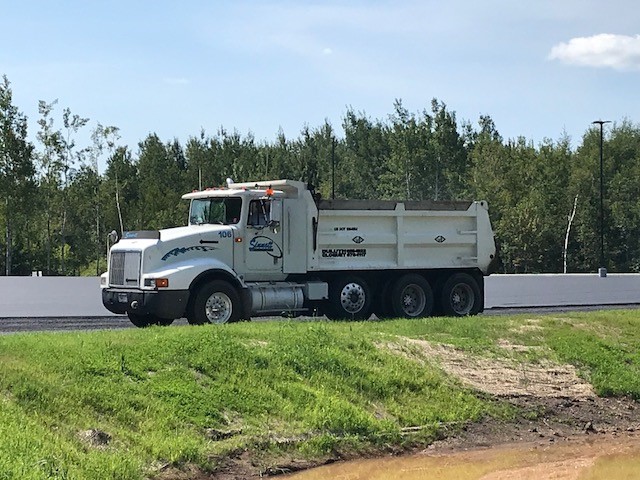Pavement Life Cycle
What you can expect
With proper design, installation, and proper maintenance, you can expect 15 to 20 years out of your asphalt. Proper maintenance would entail regular crack fill and seal coating.
Frost Action and Frost Heaving
This occurs every winter here in the Northland, and it can mean big problems for an asphalt surface if the initial installation was not done properly.
Frost action is a two-step process. The freezing of soil water, and the thawing of the soil water. For pavement, frost action can become a major concern when either A) the freezing phase is accompanied by noticeable heaving in the pavement surface, or B) the thawing phase is accompanied by noticeable softening of the sub-base.
Heaving of the pavement from frost action is termed “frost heave.” Frost heave induces uneven support of the pavement structure. When loads (such as cars) pass over the area, cracks may form on the surface. The heaving is caused by the formation of ice lenses in the soil below the pavement. The size of the ice lens depends on the quantity of water available in the water table around the area at the time. The ice lens will continue to grow as long as a source of water is available. Water will migrate to the lens from all directions, above, below, and from the sides. The water migration can occur as far as 20 feet away from the initial ice lens.
Eliminating the supply of water from the soil is virtually impossible. Good drainage can partially reduce the quantity of water available to feed an ice lens and cause frost heave. Some soils are more susceptible to the formation of an ice lens than others. Silts or silty clay soils are considered among the most frost susceptible. Silt, due to the small size of its particles, or gradation, permits the flow of water by capillary action through its pores. Other soils considered frost susceptible include fine sands, clay gravel and rock flour, dirty sands and gravels, and glacial tills. Soils that can be considered to be non-frost susceptible are very clean mixtures of sand and gravel. These soils drain freely by gravity and do not create capillary moisture movement.
Frost heave can be found most often in the following locations:
- Transitions from cut to fill, where ditches are inadequate or non-existent
- Over culvert pipes
- Adjacent to driveways that dam roadside ditches and collect water
- Wherever there is an abrupt change in sub-grade material.
Not all frost heaving is detrimental to pavement. Uniform heaving will most likely be unnoticeable to the eye. There are typically no bumps or rolls, as the whole surface has heaved uniformly and presents no maintenance problem. Heave is destructive only during the freezing or frozen phase, when it varies sharply, causing uneven support to the pavement.
To prevent frost heave problems, highly susceptible soils should be replaced or stabilized. Frost heave spots should be drained with tile drains, and ditches should be kept clean and free of clutter that prevents the flow of water away from the pavement.
Ready To Start Your Project?
Contact us today for a quote or more information about your project!

Request A Quote Today
Please fill out our form and specify what service you are requesting a quote for. We will reply as quickly as we can to connect you with the appropriate estimator.
